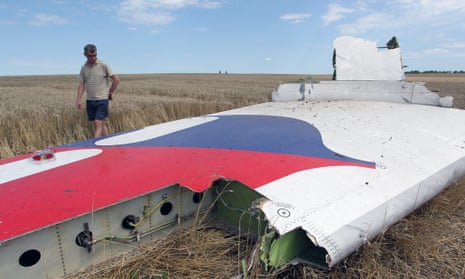Eyewitness photos from the crash site of Malaysian Airlines flight MH17 appeared on Twitter within minutes of it crashing into fields near the Russia-Ukraine border. With a lack of police presence and bodies and debris spread across a 10km radius, people were free to roam the site and take photos at will. Before reporters reached the scene, these unfiltered images shaped our understanding of what happened.
On mainstream sites and social media, there is an unofficial race to be the first to publish breaking news. But trained journalists are governed by questions of taste and judgement, or should be. Images of dead bodies, body parts and personal belongings including photos of passports were published on social media before relatives had official confirmation about the fate of their loved ones.
Twitter's lack of censorship and ability of information to spread quickly is one of its main assets. It doesn't employ any proactive moderators and instead prefers to operate by responding to user complaints.
According to its user guidelines: "If you upload media that might be considered sensitive content such as nudity, violence, or medical procedures, you should consider applying the account setting ‘mark my media as containing sensitive content'. If another user notices that you have not marked your media appropriately, that user may flag your image or video for review."
People may argue that revealing the reality of conflicts is justification for posting graphic images. But a lack of sensitivity to the suffering families worries many; they fear that it strips away a family's choice to circulate pictures of loved ones and intrudes on private grief.
Please stop tweeting pictures showing bodies within the wreckage of the Malaysia flight. Have some respect for the victims' families. #MH17
— Sean Colarossi (@SeanColarossi) July 17, 2014
Please stop tweeting pictures of the deceased and respect them. Enough by following information sources. Thanks. #MH17
— Akmal Saufi MK (@akmalsaufi) July 17, 2014
Many users have accused others of posting and retweeting graphic images as a vanity project in order to boost their own following and provoke shock.
Graphic photos of #MH17 shouldn't be used for shock value. The news itself is already enough to get my attention.
— Sabrina Kwan (@sincerelysab) July 17, 2014
Yet without these images it could be argued that the news of the crash and its aftermath may have reached fewer people.
Did you share graphic images of MH17, and, if so, why? Is there value to sharing immediate, uncensored and unfiltered images from a breaking news event? Share your thoughts in the thread and we'll use a selection of the best on the site

Comments (…)
Sign in or create your Guardian account to join the discussion